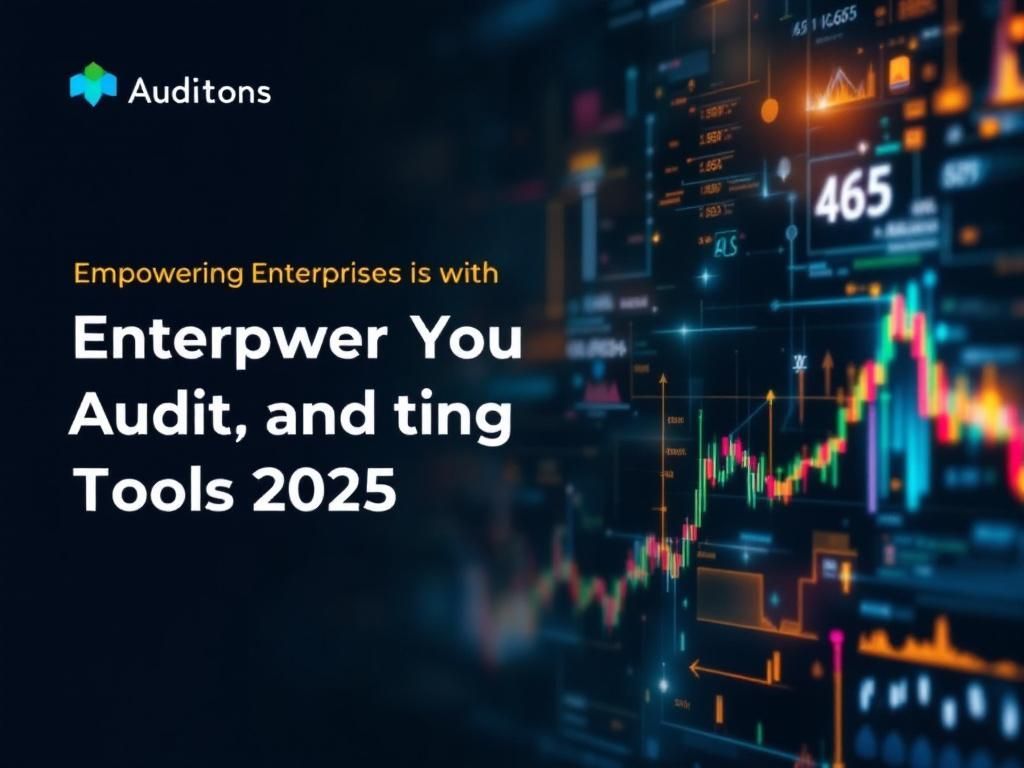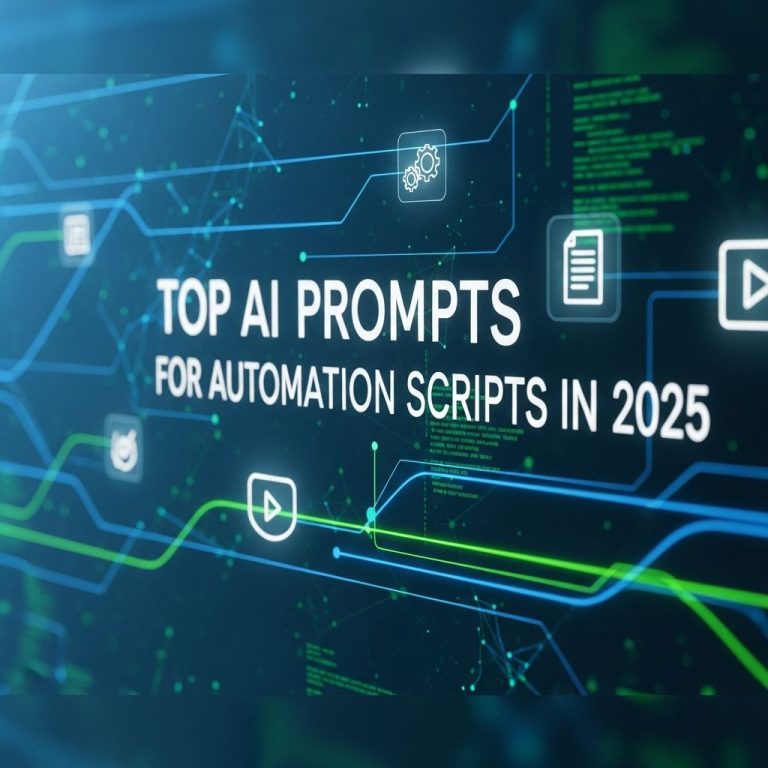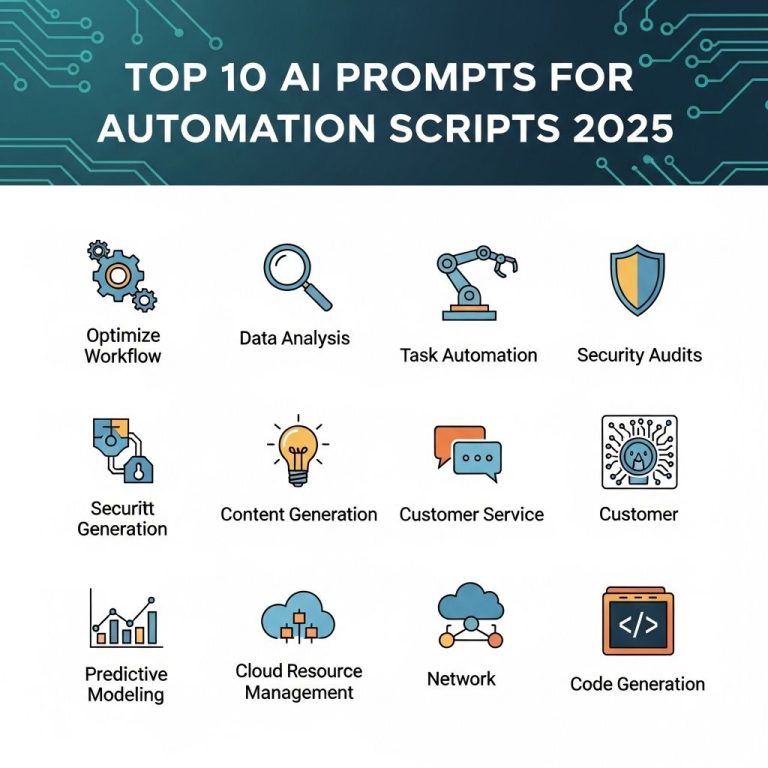As technology continues to advance at a rapid pace, the integration of AI into various business processes presents unprecedented opportunities for enterprises to optimize their operations. The emergence of AI audit tools in 2025 marks a significant shift in how organizations can harness the power of artificial intelligence to enhance compliance, reduce risk, and improve decision-making. This article explores the capabilities, benefits, and implementation strategies for AI audit tools, empowering businesses to navigate the complexities of modern auditing.
The Rise of AI in Auditing
The global business landscape is evolving, and traditional auditing practices may no longer meet the demands of fast-paced, data-driven environments. AI audit tools leverage machine learning algorithms and data analytics to automate and enhance auditing processes. Here are some key factors driving the adoption of AI in auditing:
- Increased Data Volumes: Organizations are inundated with vast amounts of data that need to be analyzed for compliance and risk assessment.
- Regulatory Compliance: Stricter regulations require timely and accurate audits, pushing firms to seek innovative solutions.
- Cost Efficiency: Automating repetitive tasks reduces the need for manual intervention, leading to significant cost savings.
- Enhanced Accuracy: AI algorithms can analyze data with a higher degree of accuracy compared to human auditors, minimizing the likelihood of errors.
Key Features of AI Audit Tools
AI audit tools are packed with features designed to streamline the auditing process. Here are some of the standout capabilities:
1. Automated Data Analysis
AI audit tools can automatically analyze large datasets to identify anomalies, trends, and potential risks. This capability allows auditors to focus on critical areas that require human intervention.
2. Predictive Analytics
Utilizing predictive analytics, these tools can forecast outcomes based on historical data, enabling organizations to take proactive measures before issues arise.
3. Real-Time Reporting
Unlike traditional audit methods that may take weeks to complete, AI tools provide real-time insights and dashboards that facilitate quicker decision-making.
4. Continuous Monitoring
Continuous auditing is possible with AI tools, which ensure compliance and risk management are ongoing processes rather than periodic checks.
Benefits of Implementing AI Audit Tools
The integration of AI audit tools offers numerous advantages for enterprises:
- Enhanced Efficiency: By automating mundane tasks, auditors can concentrate on higher-level analysis and strategy development.
- Improved Compliance: AI can help organizations stay ahead of compliance requirements by identifying potential breaches before they occur.
- Better Risk Management: Real-time data analysis allows for timely risk assessments, enabling quicker response to potential issues.
- Cost Savings: Reducing the time spent on manual audits translates to lower operational costs and resource allocation.
Challenges in Adopting AI Audit Tools
While the benefits are clear, organizations must also be aware of the challenges associated with implementing AI audit tools:
1. Data Privacy Concerns
The use of AI necessitates access to large datasets, which raises concerns about data privacy and security. Organizations must establish robust data governance frameworks.
2. Skills Gap
The successful implementation and management of AI tools require skilled personnel who understand both auditing and AI technology.
3. Integration Issues
Integrating AI audit tools with existing systems can be a complex process, often requiring significant time and resources.
Implementing AI Audit Tools: A Step-by-Step Guide
For organizations looking to adopt AI audit tools, the following steps can serve as a roadmap:
Step 1: Identify Needs and Objectives
Assess your current auditing processes and identify areas where AI could add value. Define clear objectives for implementation, such as improving accuracy or increasing efficiency.
Step 2: Research Available Tools
Conduct thorough research to identify AI audit tools that meet your organization’s specific needs. Consider factors such as scalability, ease of use, and support.
Step 3: Pilot the Tool
Before a full-scale rollout, conduct a pilot test with a small dataset to evaluate the tool’s effectiveness and address any issues that arise.
Step 4: Train Staff
Invest in training for your staff to ensure they are equipped to use the new tools effectively and understand the implications of AI in auditing.
Step 5: Evaluate and Iterate
Regularly assess the performance of the AI audit tool and gather feedback from users. Use this information to make necessary adjustments and improvements.
Case Studies: Successful Implementation of AI Audit Tools
Several organizations have successfully implemented AI audit tools, demonstrating their effectiveness in enhancing auditing processes. Here are a few notable examples:
| Company | Industry | Results |
|---|---|---|
| Company A | Financial Services | Reduced audit time by 40%, improved compliance accuracy by 30% |
| Company B | Healthcare | Enhanced risk detection capabilities, yielding a 25% reduction in compliance breaches |
| Company C | Manufacturing | Increased operational efficiency, leading to a 15% cost reduction in audit processes |
Future Trends in AI Auditing
As AI technology continues to mature, several trends are likely to shape the future of auditing:
- Integration with Blockchain: Combining AI with blockchain technology may enhance the security and transparency of audit trails.
- Greater Use of Natural Language Processing: NLP could enable auditors to analyze unstructured data, such as emails and documents, for more comprehensive insights.
- Increased Collaboration with Regulatory Bodies: AI tools may facilitate better communication and reporting with regulatory agencies, leading to improved compliance outcomes.
Conclusion
The growing adoption of AI audit tools represents a transformative shift in how organizations approach auditing in 2025 and beyond. By embracing these advanced technologies, enterprises can enhance efficiency, improve compliance, and mitigate risks. As the landscape continues to evolve, organizations that invest in AI-driven solutions will be better positioned to thrive in an increasingly complex business environment.
FAQ
What are AI audit tools and how can they benefit enterprises?
AI audit tools leverage artificial intelligence to analyze processes, identify risks, and enhance compliance, thereby empowering enterprises to optimize operations and improve decision-making.
How can AI audit tools improve compliance in 2025?
In 2025, AI audit tools will utilize advanced algorithms to continuously monitor compliance with regulations, providing real-time insights and automating reporting processes, reducing the risk of non-compliance.
What features should enterprises look for in AI audit tools?
Enterprises should seek AI audit tools with features such as predictive analytics, real-time monitoring, customizable dashboards, and integration capabilities with existing systems for seamless operations.
How do AI audit tools enhance risk management for businesses?
AI audit tools enhance risk management by identifying potential vulnerabilities, predicting future risks through data analysis, and enabling proactive measures to mitigate those risks effectively.
What industries can benefit from AI audit tools?
Industries such as finance, healthcare, manufacturing, and retail can significantly benefit from AI audit tools by improving efficiency, ensuring compliance, and reducing operational risks.
What is the future of AI audit tools in enterprises?
The future of AI audit tools in enterprises includes increased automation, enhanced analytical capabilities, and greater integration with other technologies, driving efficiency and innovation across various sectors.




